From Viscosity to Intrinsic Viscosity (IV): A Holistic Understanding of Recycled PET (rPET) Material Properties
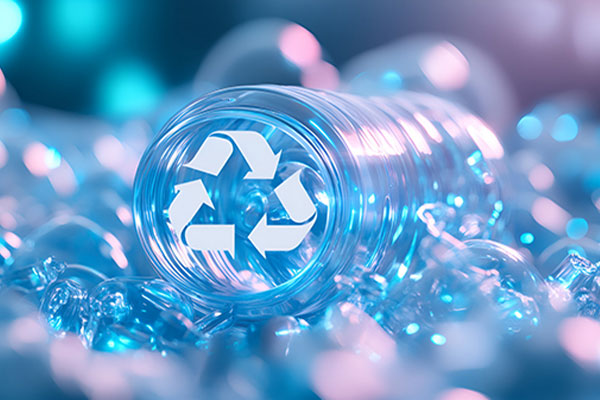
Recycled PET (rPET) is rapidly gaining popularity as industries shift toward sustainable materials. One key aspect of rPET’s performance is its intrinsic viscosity (IV), a critical parameter that directly impacts the material’s mechanical and processing properties. In this blog, we’ll explore what IV means, its importance in plastics, and how chain extenders can improve rPET […]
Carbodiimide Antihydrolysis Agent for Millable Polyurethane Rubber Applications
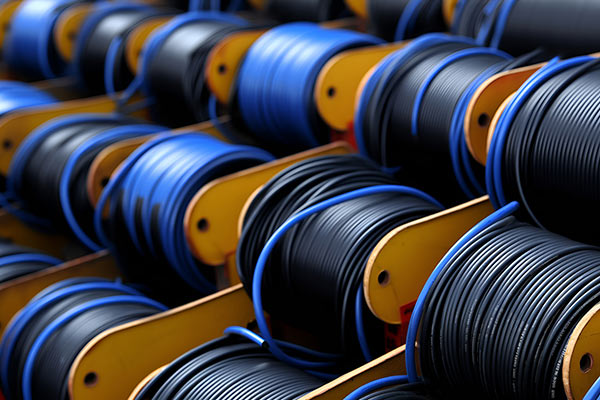
Millable polyurethane rubber has become widely utilized due to its exceptional properties. Unfortunately, due to moisture exposure and subsequent hydrolysis reactions, polyurethane rubber can easily be affected by hydrolysis reactions which compromise its performance and service life; to overcome this challenge, carbodiimide anti-hydrolysis agents have emerged. What is Millable Polyurethane Rubber? Millable polyurethane rubber (MPR) […]
Food-Safe Anti-Hydrolysis Solutions for PLA/PBAT in High-Temperature and Moisture Applications

Introduction of PLA/PBAT As environmental awareness has increased in recent years, so have degradable materials like PLA (polylactic acid) and PBAT (poly(butylene adipate-co-terephthalate) come under scrutiny. PLA is a biodegradable thermoplastic polyester with excellent biocompatibility and mechanical properties made of renewable biomass resources such as corn starch; on the other hand, PBAT offers flexible processing […]
Applications of Chain Extenders in Polyhydroxyalkanoates (PHA): Enhancing Biodegradable Plastics for a Sustainable Future

Introduction Polyhydroxyalkanoates (PHAs) are biodegradable, bio-based polymers that have gained significant attention as alternatives to traditional plastics. With growing environmental awareness, industries are seeking sustainable solutions that reduce plastic waste and dependency on fossil fuels. While PHAs offer promising biodegradability and eco-friendliness, they also present certain challenges in processing and performance, such as brittleness and […]
Additives and Polyester Monofilaments: Compatibility Analysis and Implementation of Hydrolysis Resistant Agents
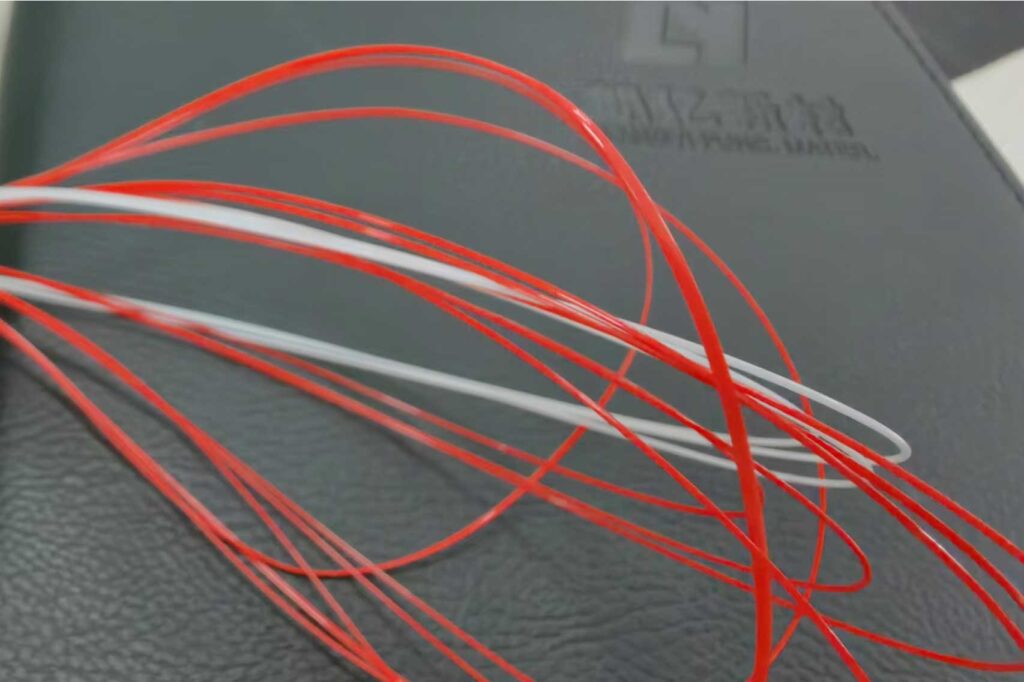
Additives play an important role in polyester monofilaments production. Today, let’s investigate evaluation methods used to assess their compatibility with monofilament polyester production as well as comprehending hydrolysis-resistant agent applications within them. Importance of Evaluating Compatibility between Additives and Polyester Monofilaments Polyester monofilaments have been widely used across textiles and industry with their ability to […]
Application of Anti-hydrolysis Agents in Polyester Polyols and Polyurethanes

Polyurethane (PU) is usually prepared by the reaction of isocyanate or terminal NCO prepolymer with polyol or polyamine. Among them, polyol is the main raw material in polyurethane chemistry. According to different monomers, synthesis processes and molecular structures, polyols can also be divided into two major categories: polyether and polyester. What is polyol? Polyol, also […]
Enhancing BOPET in Photovoltaics and Electronics using Anti-Hydrolysis Agents
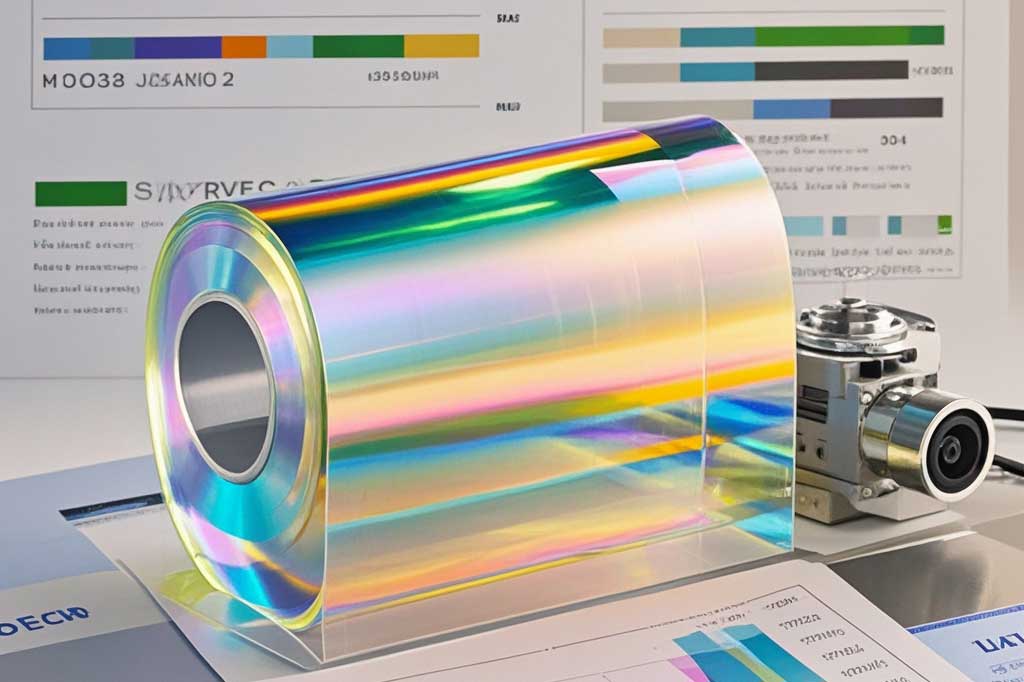
BOPET (biaxially oriented polyethylene terephthalate) films play an important role in multiple industries today, such as photovoltaics and electronics. Unfortunately, they also pose the threat of hydrolysis, which can negatively impact performance and lifespan – this is where anti-hydrolysis agents come into play. The Significance of BOPET in Photovoltaics and Electronics BOPET films play an […]
The Role of Epoxy Chain Extenders and Anti-Hydrolysis Agents in rPET Materials
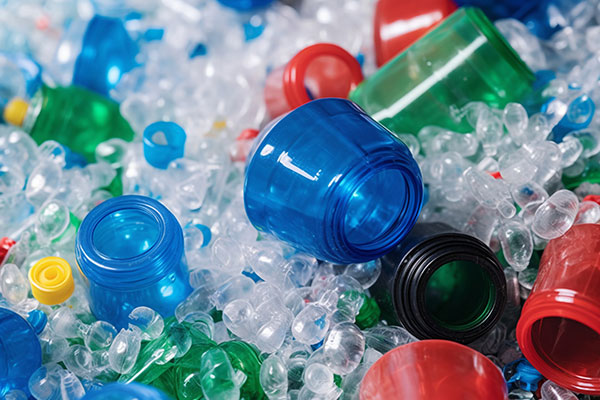
Recycled polyethylene terephthalate (rPET) has become an increasingly important trend in plastics and packaging industries. Derived by processing post-consumer PET products for reuse, this form of recycled PET not only saves waste but also significantly lessens environmental impacts. What is Recycled Polyethylene Terephthalate Material (rPET Material)? Recycled polyethylene terephthalate material, more commonly referred to as […]
Enhancing Leather Surface Water Resistance with Carbodiimide Crosslinking Agent

Leather is a versatile and widely used material that requires proper finishing to enhance its properties and appearance. Leather finishing agents play a crucial role in achieving these goals, and the addition of carbodiimide crosslinking agents has proven to be highly beneficial. What is leather finishing agents? Leather finishing agents are materials used for surface […]
